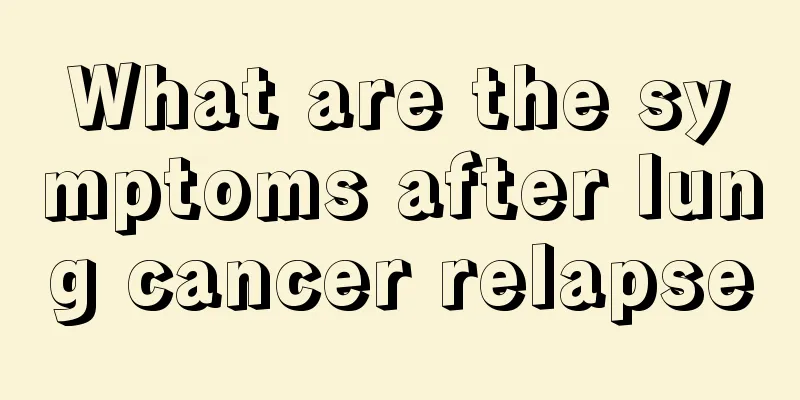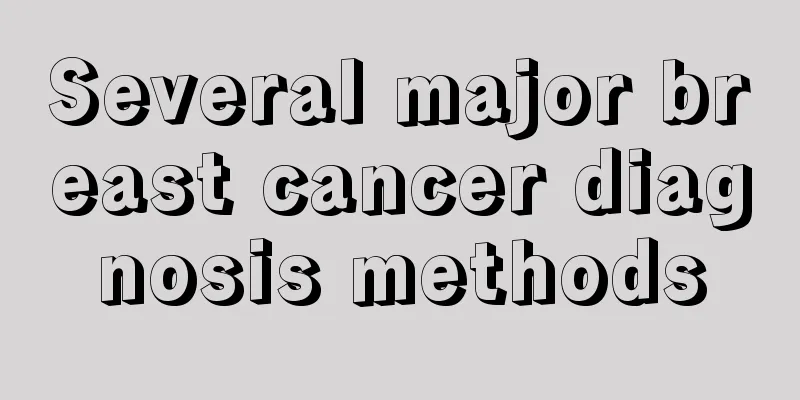How to repair and treat nerve damage?

|
Nerve damage is extremely harmful to health. Nerve tissue is spread all over our body. When nerve damage occurs due to external force or other reasons, it is necessary to promptly alleviate the damage. For example, cervical spondylosis can compress the cervical nerves. At this time, the nerve damage can be improved by dilating blood vessels. In addition, surgical treatment is also a common method of nerve injury, especially craniocerebral injury, which often compresses the nerves. Through craniotomy, the hematoma can be reduced, which can achieve the effect of preventing nerve damage. 1. Surgical treatment (1) Indications for surgery: ① The fracture fragments compress the cranial nerves. ②Intracranial pressure continues to increase and cranial nerves are compressed. ③Non-surgical treatment is ineffective. ④Cause severe nerve irritation symptoms such as dizziness and neuralgia in the later stage. (2) Preoperative preparation: The site of nerve damage is determined through imaging, electrophysiology and clinical manifestations; the nerves and muscles for transplantation are selected. (3) Surgical methods: ① Nerve decompression, through intracranial or extracranial approach, using a drill to remove bone fragments compressing the nerve, clear the hematoma around the nerve, and cut the epineurium under a microscope, such as optic canal and facial canal decompression; ② Nerve reconstruction, including: direct reconstruction, such as direct anastomosis of nerve ends and nerve transplantation anastomosis; indirect reconstruction, such as facial nerve-accessory nerve anastomosis; plastic surgery, such as corner of mouth suspension or temporalis and masseter muscle transfer for patients with facial paralysis; cranial nerve destruction, such as selective resection of the trigeminal sensory root to treat trigeminal neuralgia. (4) Postoperative treatment: Comprehensive recovery through medication, physical therapy, and acupuncture 2. Rehabilitation treatment : Rehabilitation training and NMR neuromuscular electrical stimulation therapy are very effective. Rehabilitation treatment needs to be carried out according to the location of the patient's nerve damage and the location of the muscles affected by the nerves. To increase blood circulation to damaged nerves and provide nutrients for nerve regeneration. NMR-neuromuscular electrical stimulation was developed by our department in cooperation with Tsinghua University. It was mainly developed for the development of our department and is used for the rehabilitation treatment of nerve paralysis. After being used by a large number of patients, it has achieved satisfactory therapeutic effects, especially for brachial plexus injuries. 3. Nerve recovery: Nerve recovery is a very slow process. The recovery time varies with the degree of nerve damage. The longest recovery time for nerve damage is 1-2 years, the shortest is 1-2 months, and usually it is 3-6 months. |
<<: What are the common causes of bronchospasm
>>: Can nerve damage be restored
Recommend
What to do if you are constipated and always fart?
White-collar workers who always sit in front of c...
What to do if your toes peel and crack
Peeling and cracking of toes is medically known a...
What to eat during radiotherapy for lung cancer? Side effects and daily care of radiotherapy for lung cancer
It was because of the radiotherapy and chemothera...
Early symptoms of different intestinal tumors
In recent years, intestinal tumors have become on...
What are the causes of pancreatic cancer?
Pancreatic cancer is one of the common digestive ...
Exercise therapy for pre-stage lymphoma
Cancer treatment is a long process. In order to t...
How long does it take for Botox to take effect on face slimming?
Everyone is very familiar with botulinum toxin. B...
What to do if your face looks bad
A bad complexion plays a very important role in d...
What are the preventive measures for prostate cancer
Prostate cancer is a common disease among men, wh...
What are the benefits of getting up early and running
Many people like to get up in the morning and exe...
Is it better to wash your face with handmade soap or facial cleanser
We need to wash our face every day. Washing your ...
What disease is caused by thick yellow tongue coating?
Thick yellow tongue coating is a symptom that man...
What is a simple way to find the Feishu point?
The Feishu point is a very important acupuncture ...
What should I do if my face is scratched by a child?
It is inevitable that children will encounter bum...
Is it true that milk can relieve spiciness?
Milk is a common drink in daily life. It has good...









